Blog - NOS MARCHÉS - Photovoltaic cells manufacturing
The use of solar energy is one of the main types of renewable energy with the use of wind energy and geothermal energy. The photovoltaic market is only a small part of the overall global energy market but is a booming market
Renewable power capacity is set to expand by 50% between 2019 and 2024, led by solar PV. Solar PV alone accounts for almost 60% of the expected growth.
The manufacture of photovoltaic cells requires state-of-the-art know-how. For all equipment used for these processes Solid State Relays are widely used because of their ability to work in harsh environments without operating problems.
Here’s what you need to know about this market and how celduc can answer your needs.
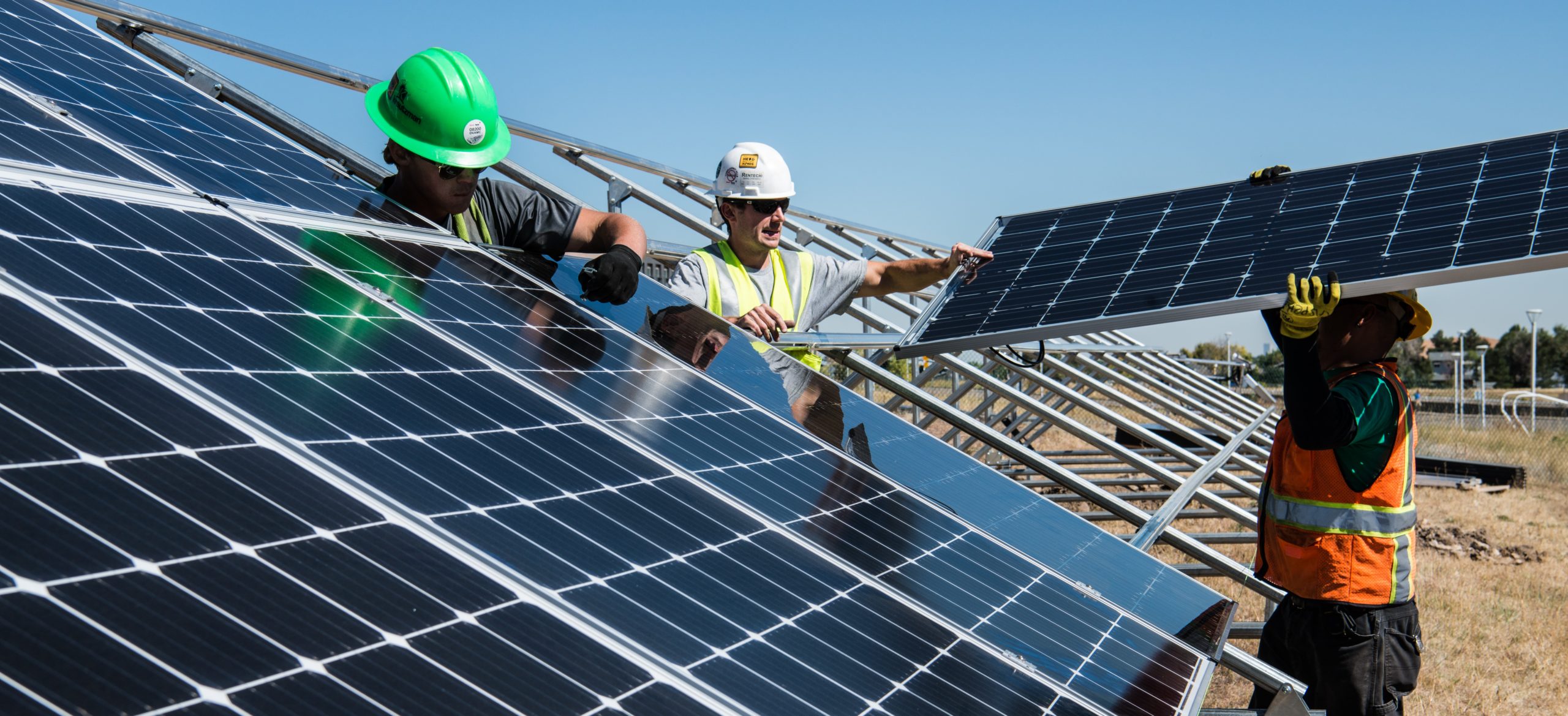
Solar/Photovoltaic cell is an electrical component that converts part of the radiant energy contained in light into electrical energy. Silicon is the initial product in the manufacturing process of silicon wafer-based solar cells involving several stages :
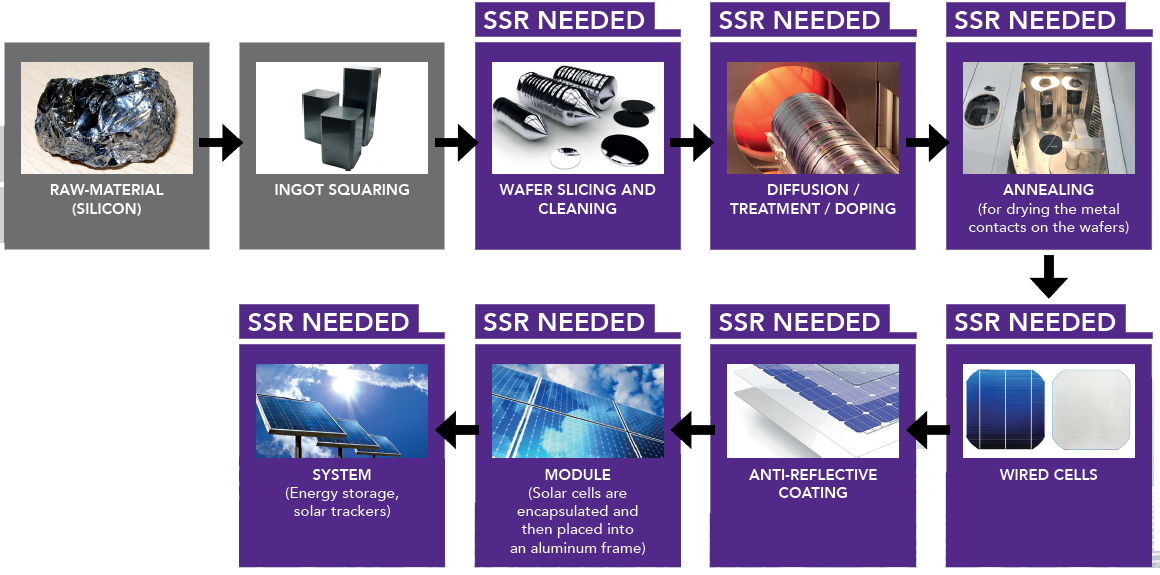
Multicrystalline silicon wafers are produced by crystallising molten silicon by directional solidification in large crucibles.
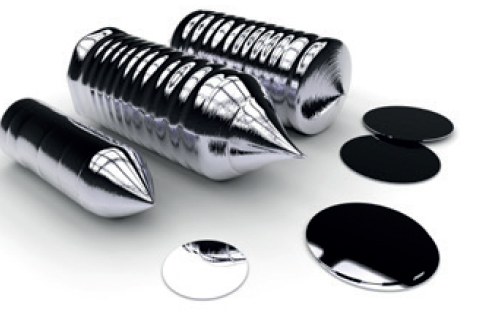 These large ingots are then sawn into smaller units, and these are then sliced into wafe.
These large ingots are then sawn into smaller units, and these are then sliced into wafe.
After slicing, the silicon wafers are lapped on both sides to remove the surface silicon damaged by the saws (e.g. fine grooves by the ID Saw).
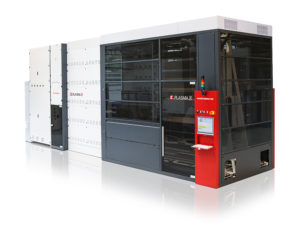
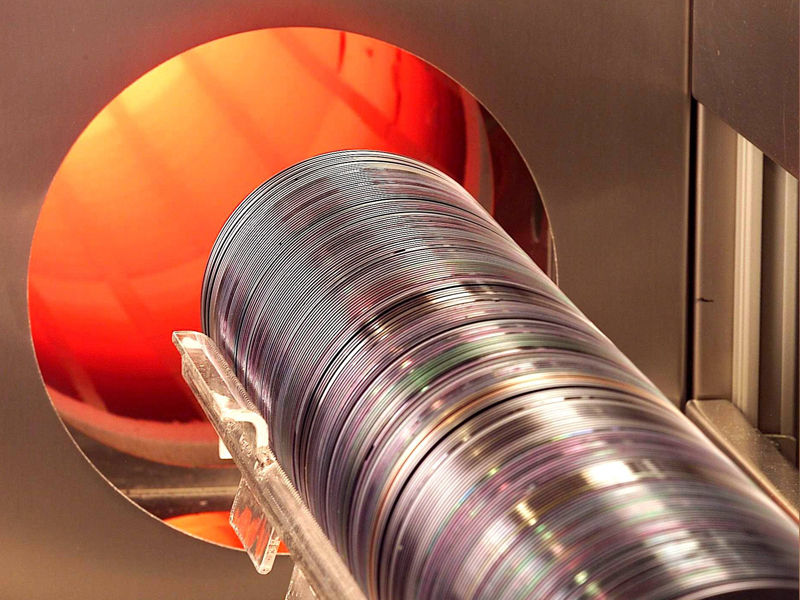
Thermal processing furnaces, also known as diffusion furnaces, have been widely known and used for many years to perform a variety of semiconductor fabrication processes, including annealing, diffusion, oxidation, and chemical vapour deposition. These furnaces are designed to heat semiconductor wafers to desired temperatures to promote either diffusion of the dopants to a desired depth while maintaining line width smaller than 1 micron or to perform other conventional processing techniques such as the application of an oxide layer to the wafer or deposition of a chemical vapour layer to the wafer.Nos relais statiques sont donc indispensables pour le contrôle du chauffage du four.
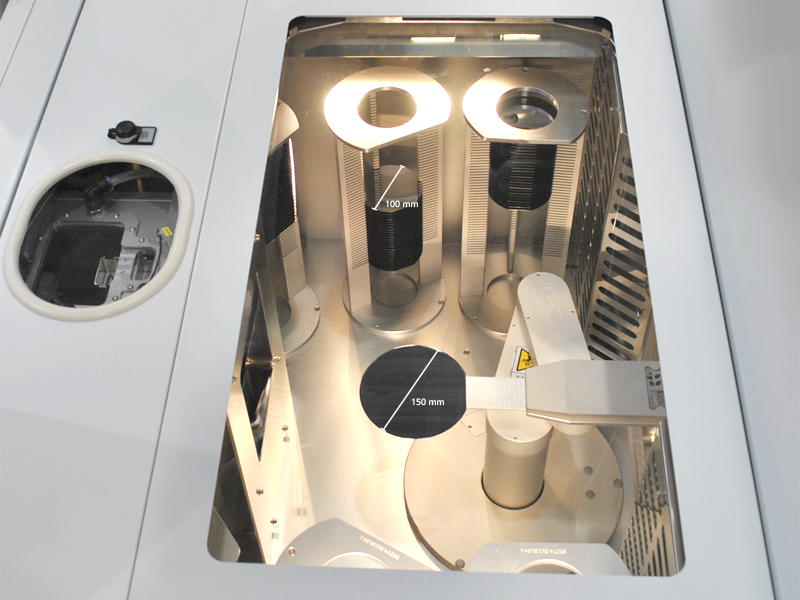
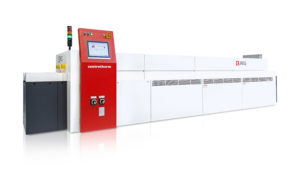
Fast firing furnace is used for burning out and sintering of solar cell metal contacts. Usually, the firing zone is equipped with short wave infrared light elements. After first exposure to light mono-crystalline solar cells might suffer performance losses due to light induced degradation (LID). Therefore, a regeneration process is applied directly after fast firing.
Solid State Relays are used for heating control. Phase angle controllers allow the power to be finely adjusted.
Bare silicon has a high surface reflection of over 30%. The reflection is reduced by texturing and by applying anti-reflection coatings (ARC) to the surface.
Solid State Relays are used for heating control, SSRs control of the heating zone, will ensure that temperature requirements are accurately carried out.
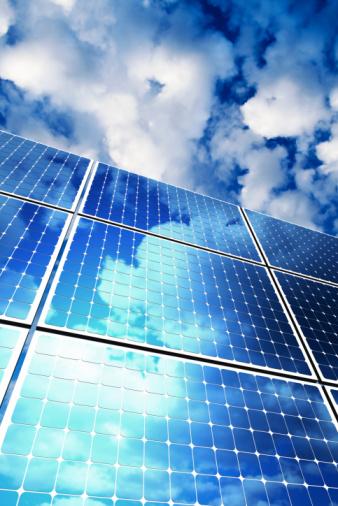 At this stage, solar cells are encapsulated and then placed into an aluminium frame.
At this stage, solar cells are encapsulated and then placed into an aluminium frame.
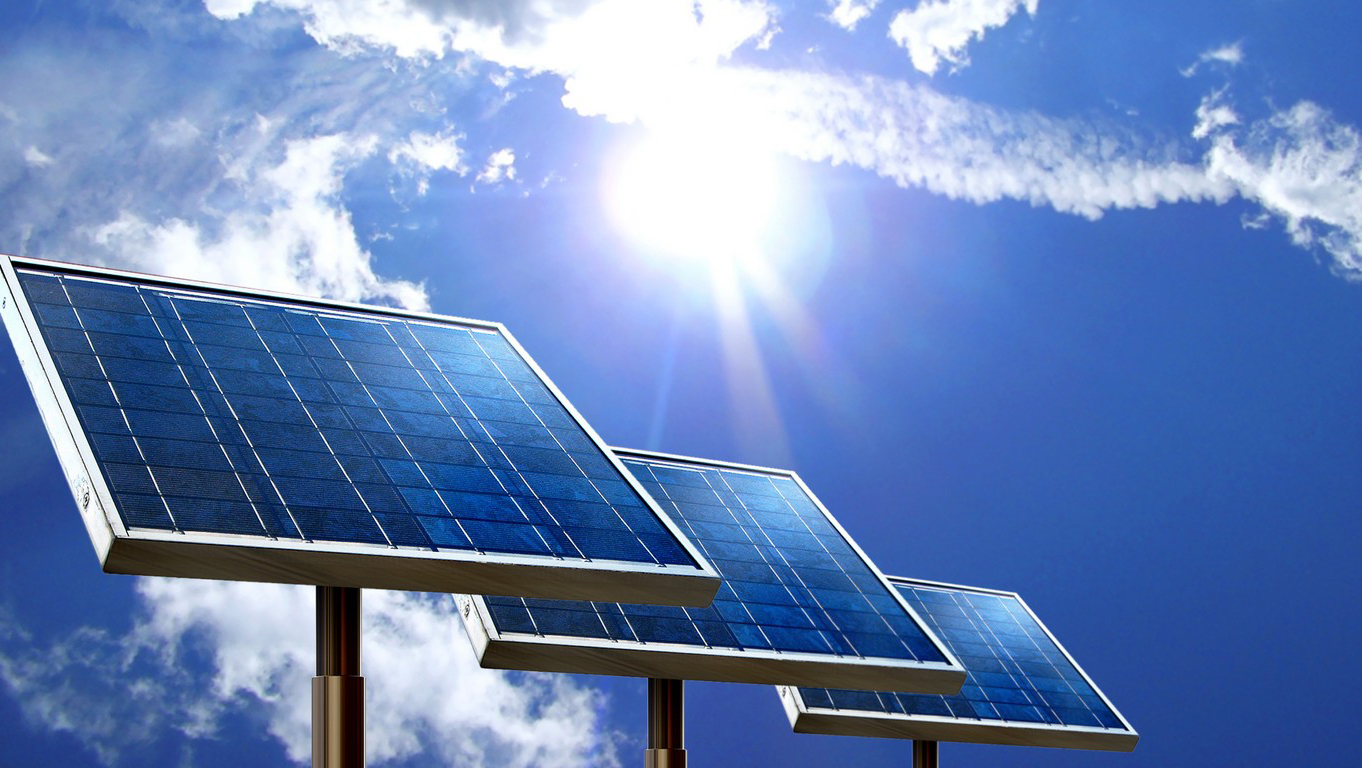 The PV modules convert the solar radiation into D.C. current making it possible to supply electrical appliances (either directly, or via an inverter which transforms D.C. current coming from the panels into A.C. current). Batteries store energy when there is an excess coming in and distribute it back out when there is a demand. Solar PV panels continues to re-charge batteries each day to maintain battery charge.
The PV modules convert the solar radiation into D.C. current making it possible to supply electrical appliances (either directly, or via an inverter which transforms D.C. current coming from the panels into A.C. current). Batteries store energy when there is an excess coming in and distribute it back out when there is a demand. Solar PV panels continues to re-charge batteries each day to maintain battery charge.
Load controller prevents battery overcharging and prolongs the battery life of your PV system.
DC relays, to switch on/off the battery when needed : during the night the electricity is supplied by the battery (which has been charged during the day)
Inverters convert DC power into standard AC power for use in the home, synchronizing with utility power whenever the electrical grid is distributing electricity.
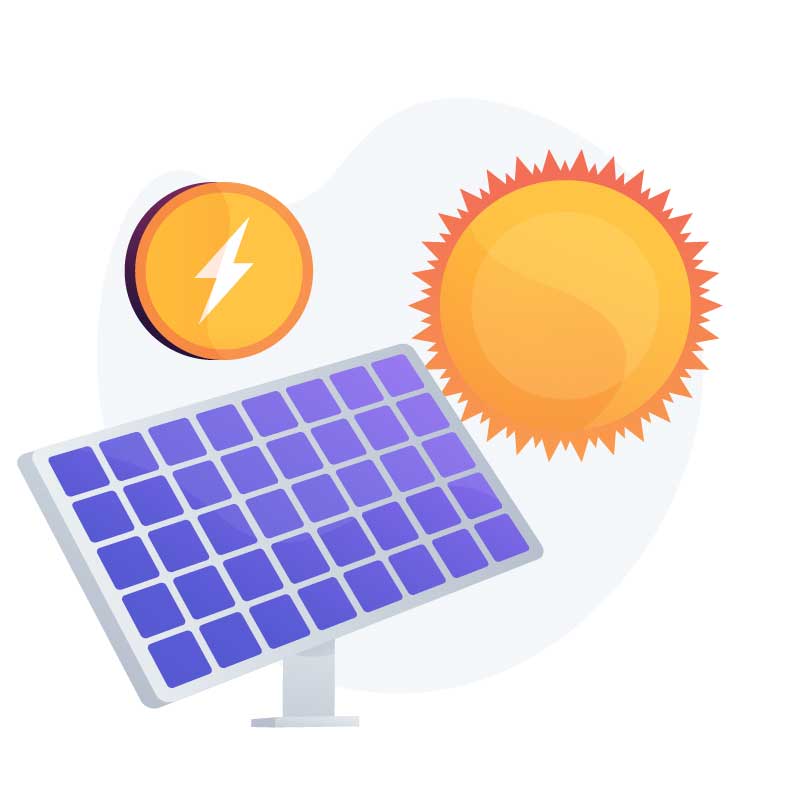 Solar tracker is a device for orienting a solar photovoltaic panel toward the sun.
Solar tracker is a device for orienting a solar photovoltaic panel toward the sun.
The sun’s position in the sky varies both with the seasons and time of day as the sun moves across the sky. Solar powered equipment works best when pointed at or near the sun, so a solar tracker can increase the effectiveness of such equipment over any fixed position
A dual axis tracking system is a system that follows the sun in multiple angles ensuring that the sunbeam angle is 100% correct on the panel. Tracking the sun can be done in 2 axes : azimuth and elevation. By tracking the sun, the efficiency of the solar panels can be increased by 30-40%. In fact, the efficiency of a photovoltaïc cell depends on its orientation toward the sun.
DC reversers are used for the DC motors of the tracking systems to reverse the rotational direction.
celduc® relais offers a complete range of reversing switches for DC motor control :
celduc® group specializes in electrical engineering and electronics. With many years of experience celduc® is fully focused on serving its market and customers all over the world. The company was founded in 1964 by Michel Guichard. Set up near Saint-Etienne, the celduc® group is the only French company producing and selling solid state relays. celduc® relais controls the complete chain : design, development, production, testing and marketing. celduc® relais manufactures the most comprehensive range of Solid State Relays but has also developed its own production equipment to ensure the most efficient manufacturing methods. Thanks to this high-capacity and unique tooling, celduc® products can be found all over the world and have been recognized by the most renowned industrial companies.
If you have a project, come and talk to our team of experts!